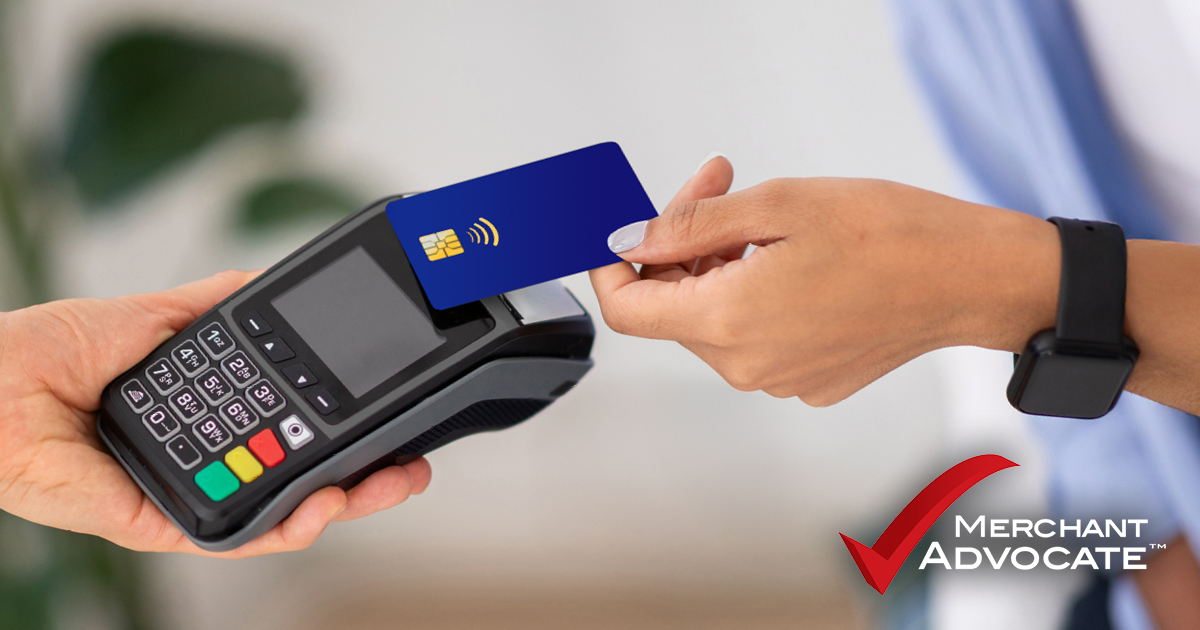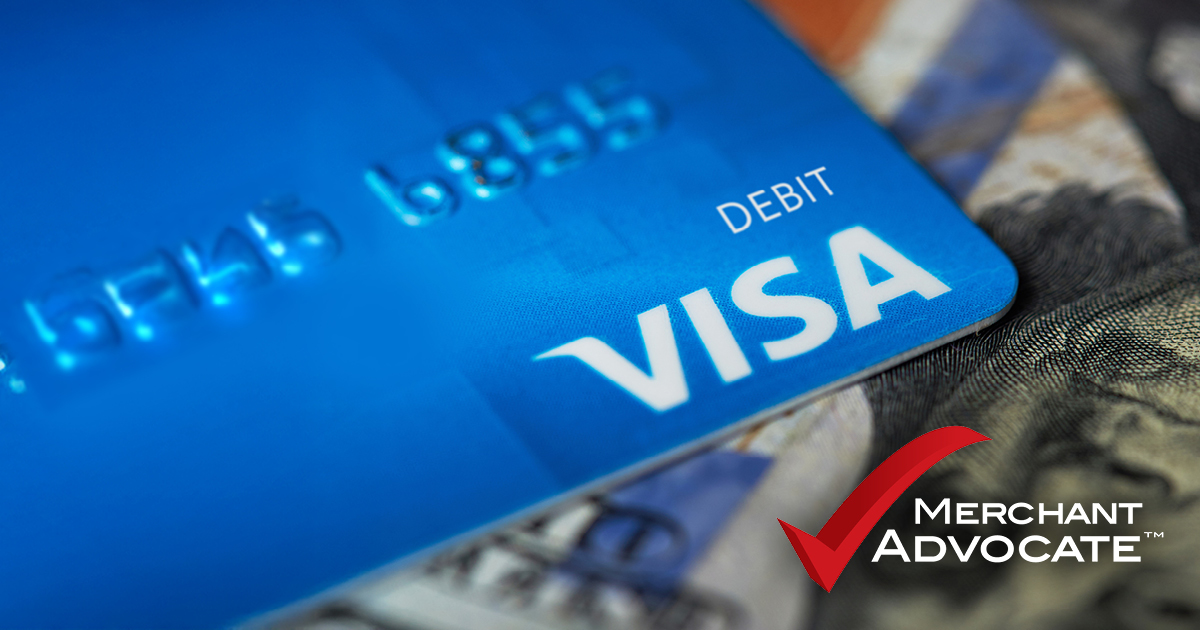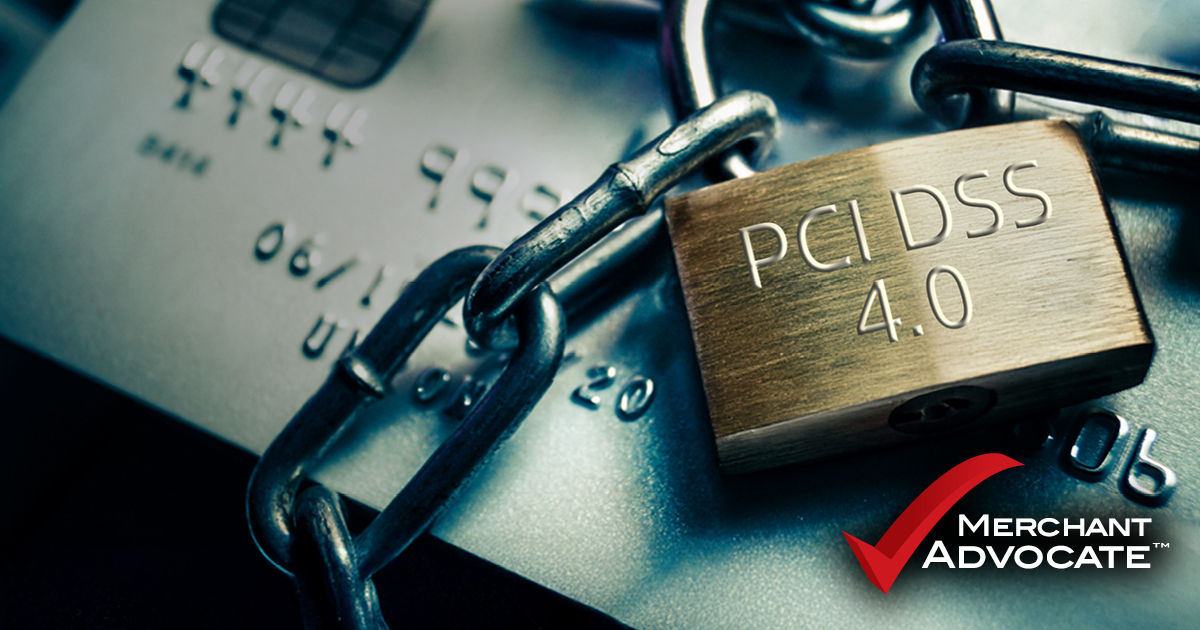Why Business Owners Should be Wary of the Practice
By Merchant Advocate
Passing credit card fees on to customers, commonly known as surcharging, has become increasingly popular across a multitude of industries, with one third of small businesses reporting they have a surcharge program (J.D. Power Survey, 2025).
However, this strategy carries potential risks related to compliance, customer relations, and setup challenges. Businesses should consider who is benefiting most from these programs—they might be surprised by the answer.
Fees Are Rising: What Business Owners Need to Know
Credit card payment processing fees are increasing once again, with many major providers planning significant hikes in 2025. Businesses must account for these rising costs and their impact on profitability.
“We have already received notifications from some of the bigger processors that they will be raising rates significantly in 2025,” warns Merchant Advocate’s Operations Director, Kelly Sweeney. “For many businesses, this will create financial pressure that’s hard to ignore.”
Planning for these changes, along with identifying any opportunity to reduce processing fees, can help businesses protect their bottom line in the long term.
Why Payment Processors Gain More Than You Do from Surcharging
It might seem like the merchant wins by passing processing costs to their customers, but surcharge programs actually benefit the processor far more than the businesses that adopt them. These programs apply a flat fee on credit card transactions that often exceeds the actual cost of acceptance.
The Numbers Behind Surcharge Fees
Let’s say the true cost of acceptance for a business is 2.1% all-in. To pass the fee, the program must charge a flat 3% to the customer. The business cannot make a profit from a surcharge—but the processor can. Now, your customer is paying 3% and the processor and salesperson are receiving almost 1% more.
Under a surcharge program, the processor:
- makes more money on each transaction
- no longer has the business scrutinizing acceptance costs, and
- has effectively directed any negative backlash about fees onto the business.
Additionally, businesses risk card compliance challenges. To be compliant, businesses need payment systems that can distinguish between credit and debit cards as it’s illegal to surcharge a debit card.
However, many current point-of-sale systems lack this functionality, creating further challenges. Businesses may also use different POS systems across locations, making tracking things and ensuring compliance even more difficult.
Navigating the Complex Rules of Surcharging and Fee Disclosure
State laws and card network rules governing surcharges vary widely. While some states ban surcharges entirely, others impose strict regulations on the amount and how fees are applied and disclosed.
Card networks like Visa and Mastercard require businesses to follow detailed guidelines for surcharge transparency. Failure to comply can result in penalties, including fines or suspension of payment processing privileges.
Veteran Merchant Advocate sales representative, Cheryl Mckenna, shared a recent incident where a business owner was misled by their processor.
“The processor called claiming a state law now allowed surcharging and they should pass the fee, but upon further research, we found that if the business had adopted a surcharge program they have been in noncompliance as of July 1, 2025,” McKenna explains.
Staying informed by doing your own research or seeking assistance from an independent third party like Merchant Advocate is critical to avoid costly mistakes.
Insurance Provider Considerations
Businesses that work with insurance providers need to be mindful of their contractual obligations. These agreements may include provisions that regulate payment processing methods, impose limits on pricing for covered products or services, or prohibit passing additional fees to customers.
Non-compliance with these terms can result in reimbursement delays, disputes, or even the termination of provider relationships.
Don’t Overlook the Tax and Reporting Responsibilities
Implementing a surcharge program involves additional tax reporting requirements. Payment processors and card networks typically require businesses to provide advance notice when adding a surcharge.
Additionally, businesses must accurately report surcharge revenue on their tax forms, including 1099-K filings, to avoid audits or penalties.Understanding these obligations is essential to maintain compliance and financial accuracy.
Cash Discount Programs: An Alternative Worth Considering
For businesses looking to reduce payment processing costs, cash discount programs offer an alternative to surcharging. These programs display full-service prices and provide discounts to customers paying with cash.
However, some programs misrepresent themselves by applying a surcharge to all card transactions and removing it for cash payments—an approach that may be noncompliant. A legitimate cash discount program must clearly communicate pricing and apply the discount exclusively to cash payments.
A Safer Way to Manage Credit Card Costs
Before adopting a surcharge program, businesses should explore other cost-saving measures. Reviewing merchant statements can help identify hidden fees, overcharges, or other optimization opportunities. Merchant Advocate specializes in saving businesses money without switching processors and can help advise you about how to lower acceptance costs.
If you choose to move forward with a surcharge program:
- Follow all applicable laws and card network rules.
- Utilize compliant technology to automate fee handling and tracking.
- Monitor your program’s performance to protect your business from regulatory or reputational risks.
With the right approach, it’s possible to manage costs while maintaining a customer-centered experience. Contact Merchant Advocate today for a FREE analysis and start saving today!













